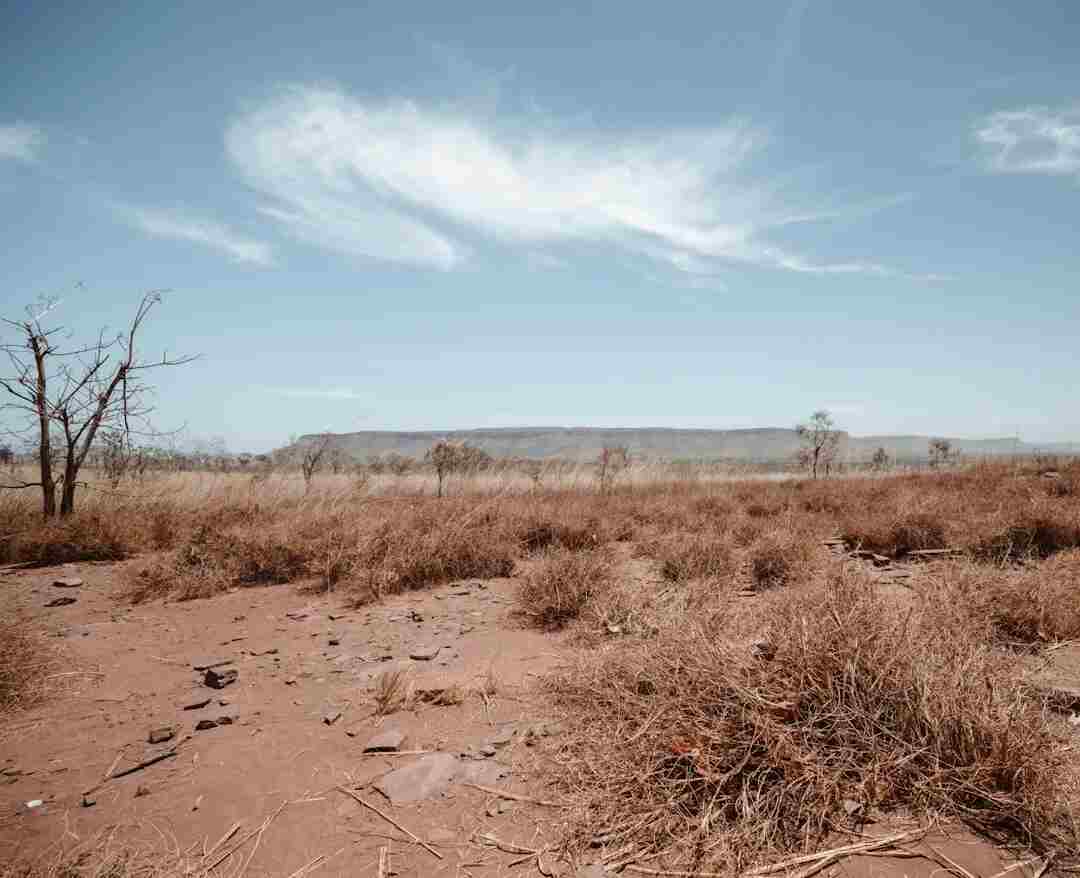Australia on track for unprecedented, decades-long megadroughts: Supercomputer modeling raises concern

The Australian National University (ANU) and the ARC Centre of Excellence for Climate Extremes have conducted new modeling that predicts a concerning future for Australia. The research suggests that the country could soon face megadroughts that last for more than 20 years, surpassing anything in recent history. This finding highlights the need to consider the potential impacts of climate change on drought severity. Scientists are utilizing advanced supercomputer modeling techniques and analyzing diverse perspectives to unveil the harsh reality of Australia's future water scarcity.
The researchers' modeling provides insight into the future of Australia's drought patterns. They discovered that 20th-century droughts in southwestern and eastern Australia, including the vital Murray-Darling Basin, were already longer on average compared to pre-industrial times. However, when factoring in the potential impact of climate change, the situation becomes even more daunting. Current droughts occurring against the backdrop of hotter weather due to climate change could result in droughts far more severe than anything previously experienced.
The researchers define megadroughts as exceptionally severe, long-lasting, and widespread. They can endure for multiple decades or even centuries. An example of this phenomenon is the megadrought that has plagued the southwestern region of the United States since 2000, continuing for over two decades. Dr. Georgy Falster, co-lead author of the study from the ANU Research School of Earth Sciences, emphasizes the potential consequences of a megadrought in Australia today, emphasizing the compounding effect of climate change on an already dire situation.
Given the gravity of these findings, stakeholders from both scientific and political spheres must come together to prepare for a future fraught with prolonged drought conditions. Dr. Falster stresses the need to acknowledge the limited number of examples from the 1900s onwards, as they do not fully represent the worst-case scenarios driven purely by natural climate variations. He suggests preparing for the possibility of a 20-year-long drought occurring in the Murray-Darling Basin every 150 to 1,000 years.
The ANU-led team took into account a diverse range of factors when examining the future of drought in Australia. By using multiple climate models to simulate droughts spanning over a millennium, from the year 850 to 2000, they sought to determine how these patterns might change in the future. This comprehensive approach allowed them to predict both the duration and intensity of future droughts. Consequently, they found that droughts in Australia could potentially far surpass anything experienced in recent times.
Professor Nerilie Abram, a co-author of the study from ANU, highlights the contribution of human-caused climate change to the lengthening of droughts in southwestern and eastern Australia, including the Murray-Darling Basin. These are the very regions that will likely experience future rainfall declines due to climate change, further intensifying the risk of prolonged droughts. She also points to climate change exacerbating conditions such as the exceptionally intense, three-year-long "Tinderbox Drought," which facilitated the devastating Black Summer bushfires.
The severity and duration of future droughts can be mitigated by rapidly reducing greenhouse gas emissions and transitioning to renewable energy sources. While human-caused climate change has undoubtedly worsened the prospects of drought in Australia, proactive measures such as water storage and management plans and community support networks can significantly minimize the impacts of future droughts. The study's publication further stresses the urgency of implementing these measures.
Australia faces a future with ever-increasing drought severity. The time to address these chilling predictions is now, as the country stands at the precipice of unprecedented, decades-long megadroughts that could have severe consequences for its ecosystems, agriculture, and water security. The study underlines the need for immediate action to reduce greenhouse gas emissions, prepare for prolonged drought periods, and protect communities and ecosystems from the devastating impacts of water scarcity.


 How to resolve AdBlock issue?
How to resolve AdBlock issue?